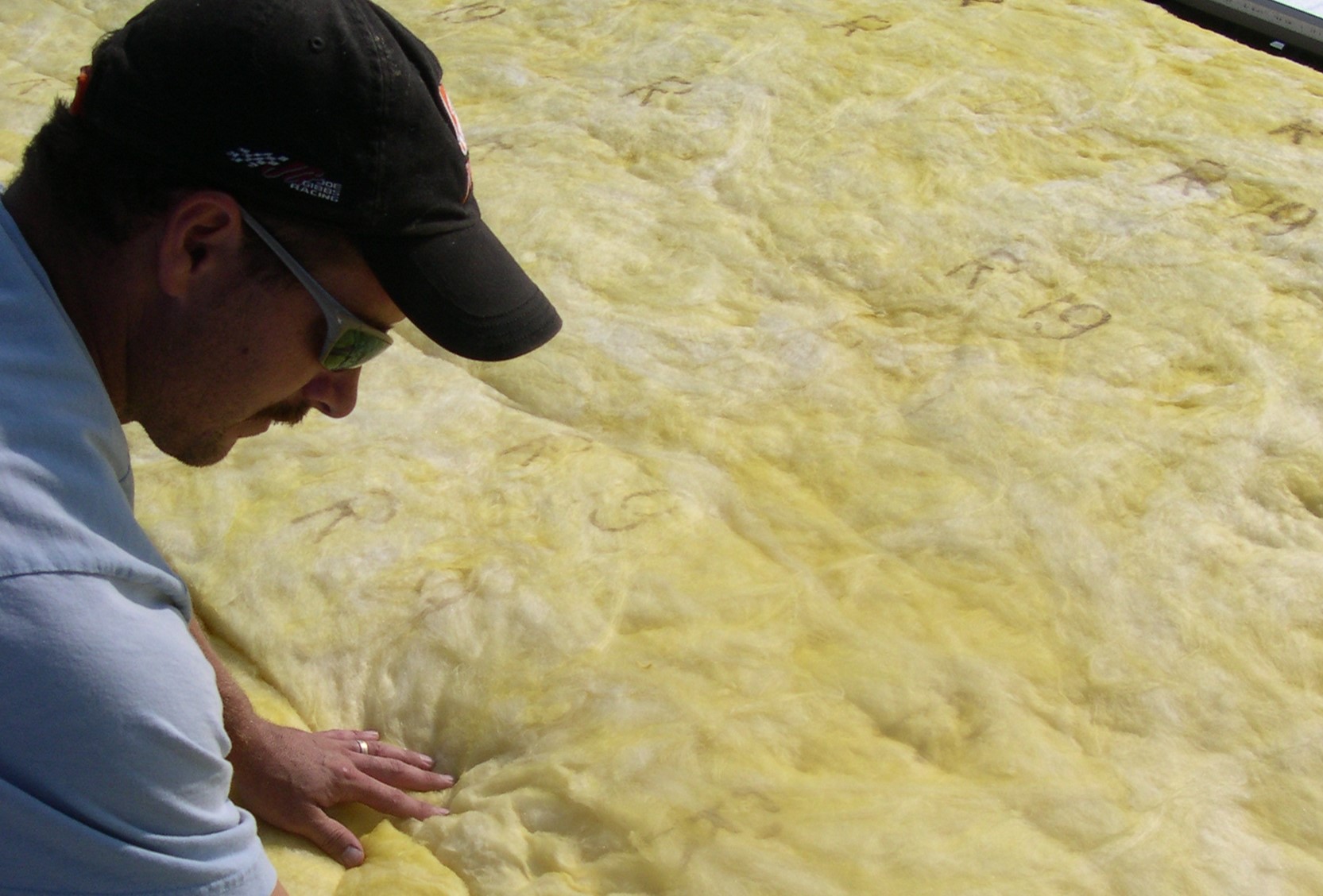
CHOOSING INSULATION FOR YOUR METAL BUILDING
Posted on June 29, 2020 by Heritage
After deciding to purchase a metal building, you’ll have to decide whether or not to insulate and what type of insulation to use. This decision can be crucial to improve interior comfort and preserve the structural integrity of your building for years to come. Learn more about insulating metal buildings.

Why Do I Need Metal Building Insulation?
Metal conducts heat. This means that, without insulation, a steel building will release heat in the winter and transfer heat inside in the winter. For some applications, insulation may not be necessary, however it is required by some local building codes.
Adding insulation to your metal building stabilizes the interior temperature, increasing comfort and saving you money on heating and cooling costs.
Metal building insulation also prevents condensation. Condensation is created when warm air from inside the building comes in contact with the cool surface of metal roof and wall panels. The build-up of moisture can cause mold and mildew growth. It can also decrease the lifespan of your building by corroding the structure.
How Does Metal Building Insulation Work?
Metal building insulation is described using the following values:
R-Value: This indicates the level of thermal resistance offered. The higher the R-value, the better your insulation is at resisting heat flow. .
U-Value: This describes the thermal performance of the overall building envelope.
Insulation is designed to slow heat transfer through the metal structure. In the winter, it keeps heat inside your building from being released. In the summer, it prevents the heat outside from being transferred to the interior of your structure. Ultimately, it helps reduce energy consumption by stabilizing the interior temperature. It can also reduce noise by absorbing sound waves.
The vapor retarder component blocks the passage of water vapor, preventing formation of condensation on the interior of the building or within the insulation itself.
Types of Insulation
There are several different types of insulation to choose from depending on where your metal building is located and what it’s used for. It’s important to select UL-rated insulation with high R-values.
Fiberglass Insulation
Fiberglass insulation is widely used for all types of construction. It’s a cost-effective option, consisting of a blanket of woven, long-strand fiberglass. It’s available in several thicknesses to fit your needs including 2”, 3”, 4” or 6”. Vinyl, foil and scrim facings are available.
Reflective Insulation
Reflective Insulation Systems are becoming more popular in a variety of projects. It’s aluminum-facing barrier reflects 97% of the sun’s heat, keeping the interior temperature stable. It’s also waterproof.
Insulated Metal Panels
Insulated metal panels feature a foam core sandwiched between two metal panels. They eliminate the need for secondary insulation such as fiberglass and reflective insulation. They’re more expensive than other options, however they offer many benefits. They provide excellent insulation, quick installation and a seamless aesthetic.
To learn more about insulating metal buildings, contact our metal building experts.